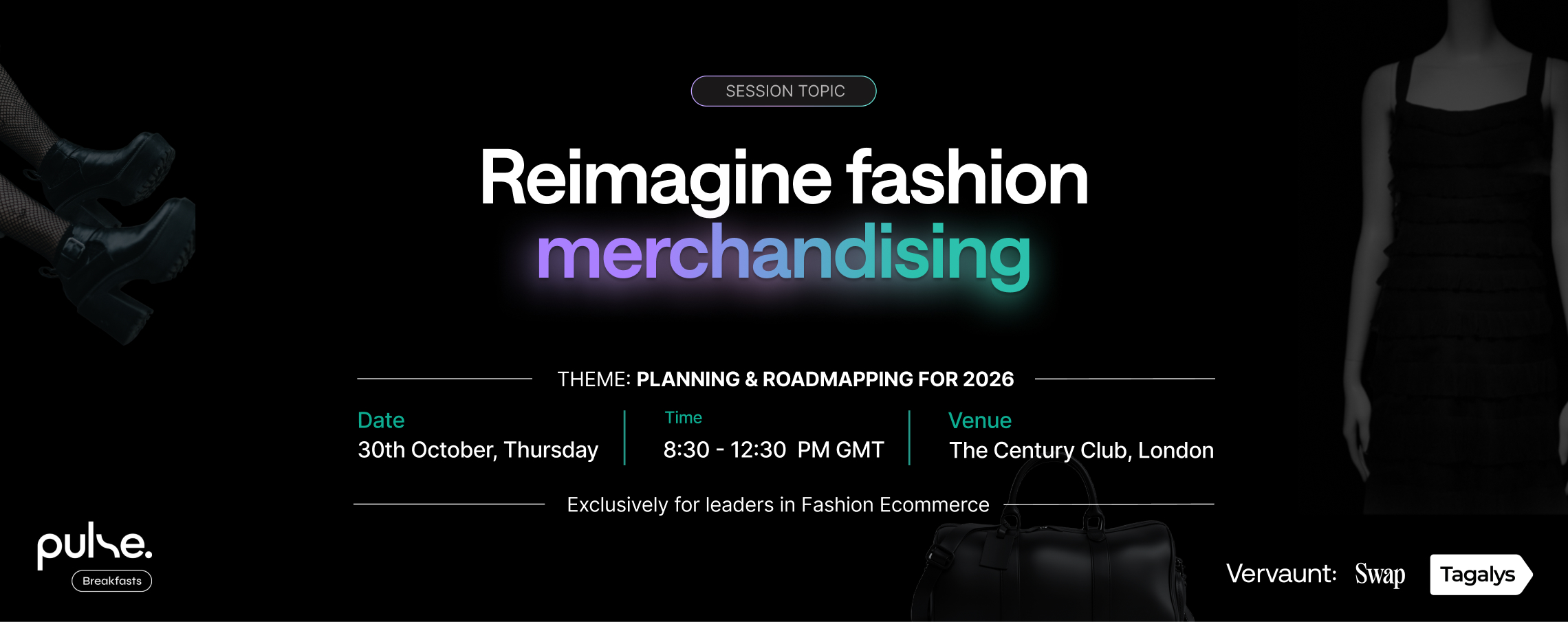The first step to trying to improve your e-commerce conversion rate is to get your visitor to the product page. A lot of retailers, have a lot of jazz on their home page, forgetting that this is the online world. If there is anything different about it, its the ease of walking out of your store. Retailers have to get the attention of their visitors ASAP and that is by making sure they land on a product page (that meets that interest of course).

Once a visitor lands on the product page, chances are that they will not get satisfied with the first product they view. Most verticals call for what is called subjective buying, where the decision to buy is based on an array of attributes that make the product and not the product itself. A few instances where the product itself is key to the purchase is called objective buying, where the consumer is interested in an iPhone X. There is no other brand/attribute alternative, but maybe a choice of RAM, color, etc.,
They want choices like they would in an offline store. Given most of your visitors are engaging with your store in a mobile interface, helping them know that they are more products to view is critical and also showing products that are in context with what they are currently viewing keeps them engaged. For example, viewing wedding bands priced at $500, means they are not interested in solitaire rings priced at $1000 or gemstone rings priced at $250. They are interested in the attributes that define the product, not the product itself.

At Tagalys, we study how visitors interact with products at your store to understand what attributes are important in the buying decision of the visitor, thus creating product personas to help us better define our recommendations. This can be static (defined by the retailer) or dynamic (changes with how visitors interact with your store.)
Once you get this right, it is key to show these choices to the visitor when they visit the product page. We have noticed many retailers pushing up product specifications above the similar product recommendations, thus giving the visitor minimal opportunity to engage with product recommendations. We have noticed this by observing the Click-through rates (CTR) of the widgets we display and identified that low CTR of recommendation widgets, leads to a lower conversion rate. Hence to increase CTR, your visitors need to see the recommendation widgets, (UI matters) and once they see it only then does the intelligence of knowing what to recommend comes to question.
Connect with us on Twitter or LinkedIn to evaluate your UI or start your 28 days free trial of eCommerce Product Recommendations.














.svg)
.svg)
.svg)
.svg)
.svg)
.svg)



.png)

.png)
